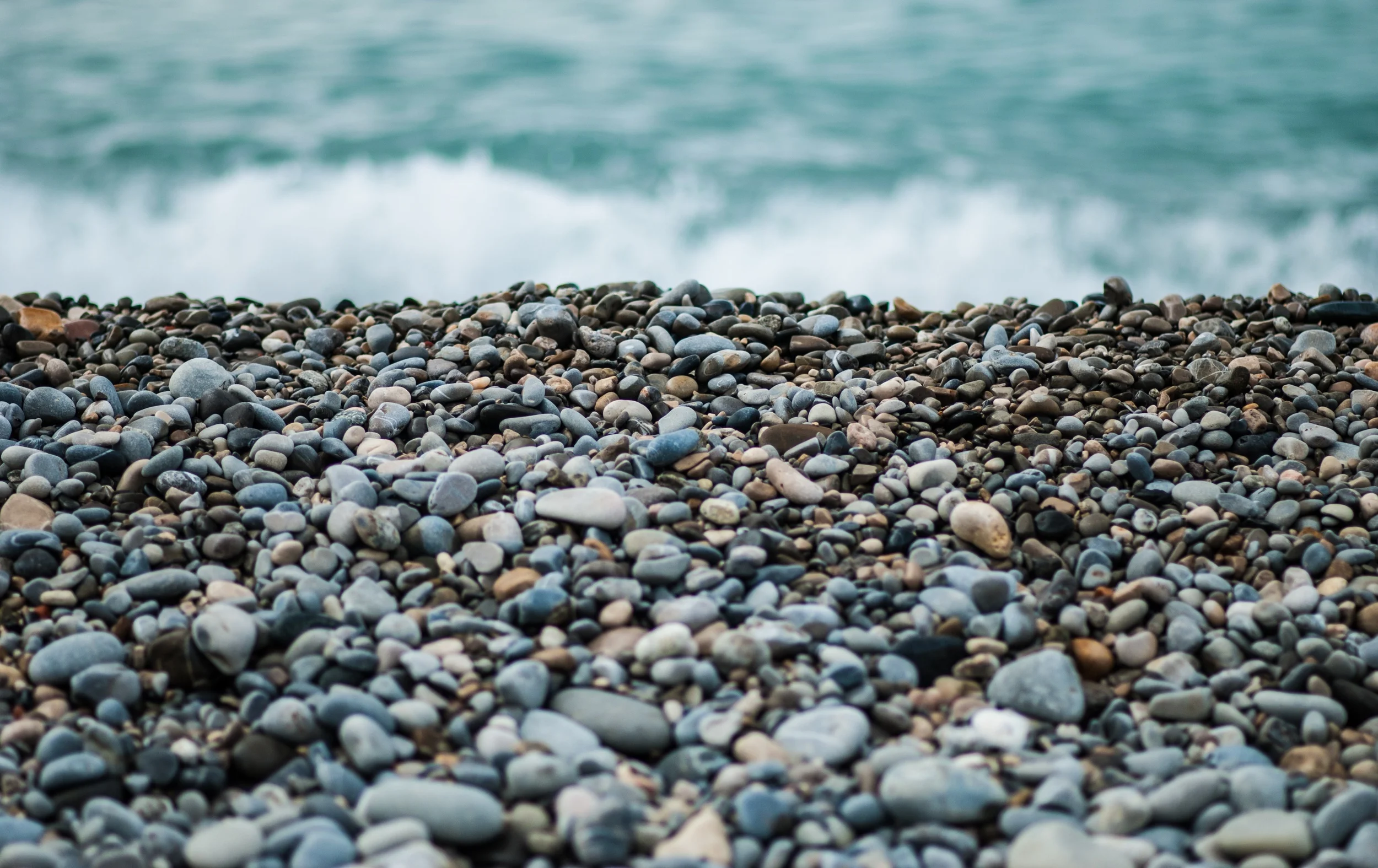Please support your local independent bookstore
Description
Barbara Hurd continues to give nature writing a human dimension in this final volume of her trilogy that began with Stirring the Mud and Entering the Stone. With prose both eloquent and wise, she examines what washes ashore, from the angel wing shells to broken oars. Even a merman appears in this brilliant collection that throws light on the mysterious and the overlooked.
Writing from beaches as far-flung as Morocco, St. Croix, or Alaska, and as familiar as California and Cape Cod, she helps us see beauty in the gruesome feeding process of the moon snail. She holds up an encrusted, still-sealed message bottle to make tangible the emotional divide between mother and daughter. She considers a chunk of sea glass and the possibilities of transformation.
The book began on a beach, Hurd says, "with the realization that a lot of what I care about survives in spite of—perhaps because of—having been broken or lost for a while in backward drift. Picking up egg cases, stones, shells, I kept turning them over—in my hands and in my mind."
Each chapter starts with close attention to an object—a shell fragment of a pelican egg, or perhaps a jellyfish—but then widens into larger concerns: the persistence of habits, desire, disappointments, the lie of the perfectly preserved, the pleasures of aversions, transformations, and a phenomenon from physics known as the strange attractor.
Reviews
“There's scarcely anyone writing better about the natural world than Barbara Hurd. In her book, Walking the Wrack Line, Hurd turns her spare prose and lyrical powers of observation to shingle beaches, spider crabs, jellyfish, dead sailors and such landlocked matters as why Franz Schubert never finished his Symphony in B Minor, known as the Unfinished Symphony.”
--Alan Cheuse, NPR
“ . . . pithy and gorgeously written meditations. . . . Hurd is magnificent at translating the world into words, in witnessing some small incident on a beach—coming upon the dark impression a melted iceberg has left in the sand on an Alaskan shoreline, for example—and spiraling it out into a sustained series of questions about impermanence.”
--The Boston Globe
“Walking the Wrack Line surprises at every turn. A slim volume, it has the depth and breadth of far larger books. Though the essays are brief, many are dense with provocative questions. A study of debris at high tide should, by all rights, be a grim and charmless affair. Not so. Instead, Hurd becomes our tour guide, at once wry and curious, always hopeful.”
--Maine Sunday Telegram
“Easily braiding observation and reflection, Hurd is a clear-eyed witness to living gracefully with the wrack and ruin of our human burdens. She is a marvelous writer.”
--Alison Hawthorne Deming
“This lyrical book with its scrupulous attention to language and the world will please poets and naturalists alike.”
--Publisher’s Weekly
“This is a beautiful book. It is as skillfully constructed as a poem, and like a poem its meanings widen. It is a series of fascinating, informative nature essays, but more deeply it is a series of meditations on ‘what might be rescued from near-destruction, from silence, from invisibility.”
--Ann Fisher-Wirth
“Each sentence is an exploration. Every small thing opens into a universe seen through Hurd’s brave and curious lens. Her hunt for minutia is subtly inspired and above all tangible, worldly, real.”
--Craig Childs
“In this lovely collection of essays, Barbara Hurd explores the wrack line and finds strength and fragility in the wind sailors suddenly cast ashore, raw beauty in a moon snail devouring its prey, disintegration and renewal in stone and sand. Belonging to land and sea, the wrack line is evanescent and enduring, broken and seamless. With her insight, in its particulars, we see our own.”
--Deborah Cramer

